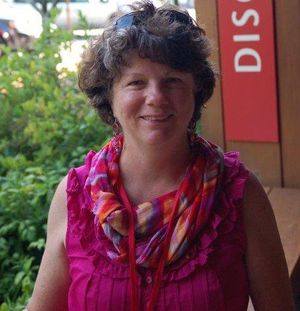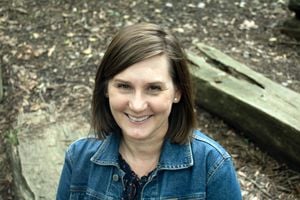Connecting (and Reconnecting) with the Natural World
Smithsonian educators provide tips for making the outdoors your very own curiosity-sparking classroom.
:focal(3398x940:3399x941)/https://tf-cmsv2-smithsonianmag-media.s3.amazonaws.com/blogging/featured/Kaden-EBYD-millipede.jpg)
Smithsonian educators provide tips for making the outdoors your very own curiosity-sparking classroom.
Since the start of the COVID-19 pandemic this spring, people all over the world began getting outside as a respite and began connecting (or reconnecting) with the nature all around them. Daily walks around their neighborhoods as either brief restorative moments or as attempts to keep their children learning and occupied led to increasing curiosity in exploring, noticing, and documenting the changing world.
A poll in the United Kingdom showed that 1/3 of adults have become more interested in nature during the pandemic (Graham 2020). The biodiversity observation citizen science site, iNaturalist, passed 50 million observations in September, only 13 months after it reached 25 million observations (iNaturalist 2020).
Educators with the Smithsonian’s science and research units noticed and adapted to this trend as well, taking steps to reimagine and adapt their hands-on activities online to support budding naturalists everywhere.
At the Smithsonian Environmental Research Center (SERC), citizen scientists who had been helping with environmental science research projects on our campus in Edgewater, Maryland transitioned to supporting projects that they could do from their homes. Volunteers identified thousands of images of marine invertebrates, like sponges, sea squirts, and anemones, through the Invader ID project. This citizen science project allows global volunteers to help researchers from SERC’s Marine Invasions Lab track changes in fouling communities, the group of animals that live attached to docks, buoys, and other man-made objects. Fouling communities are often home to invasive species, and by tracking changes in these communities, researchers can understand the impacts of these species and hopefully, see early warning signs of environmental change.
Local volunteers also helped SERC researchers from their kitchens at home! Long term volunteers and high school teachers, Janet and Carlo Echiverri, worked with researchers to take measurements of hundreds of small white-fingered mud crabs (Rhithropanopeus harrisii), which they used to create an activity to teach high school students about size distributions and probability. Their work is serving as the basis for a new online citizen science project that we hope to launch early next year.
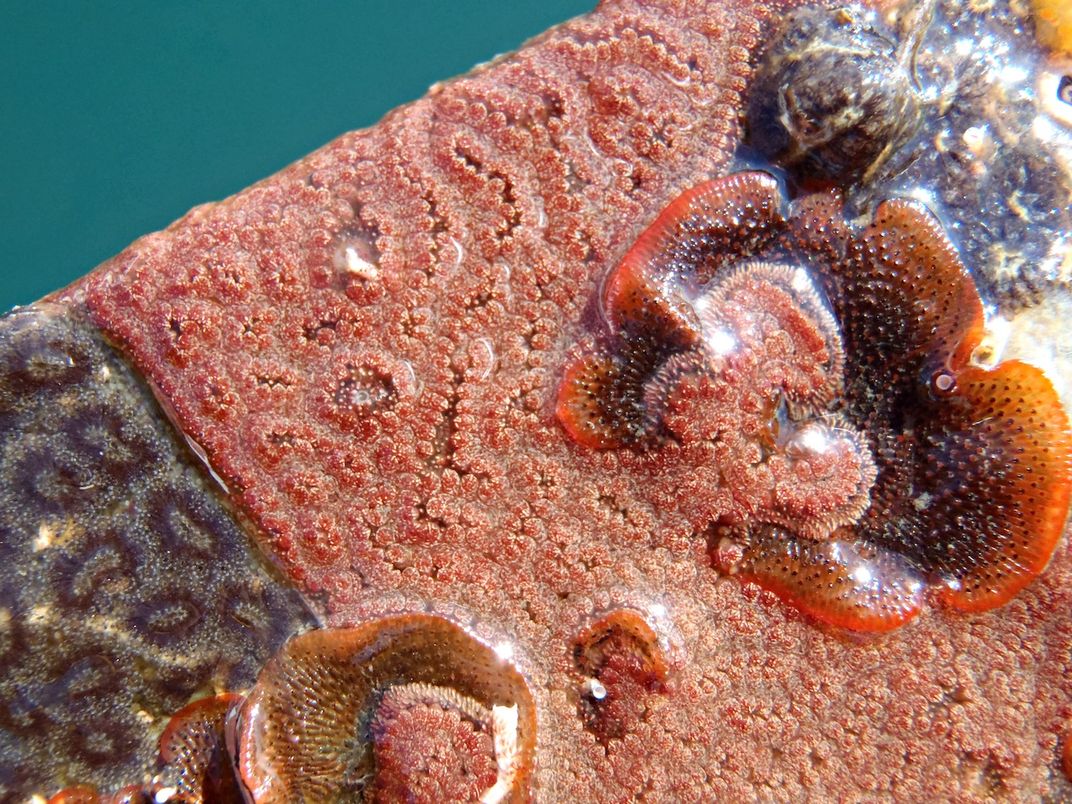
At the Smithsonian’s National Zoo, without access to the animals and exhibits, staff missed their daily dose of the outdoors and seeing wildlife regularly. They began filming their own nature walks to get outside and explore. A video series for students and families follows Kaden Borseth, a Zoo educator, on guided walks out in nature, sharing their discoveries, and tips to explore the natural environment safely. Episodes include different challenges such as spotting a recurring color in nature, engaging the senses, and looking for animal clues. A field journal and digital badges accompany each episode to encourage nature journaling and recording discoveries.
Requests for an educator to lead live virtual nature walks from teachers allowed educators to connect directly with students and share how to explore in backyards and urban city parks and incorporate these explorations into curriculum. The team also partnered with scientists in the Smithsonian’s Migratory Bird Center (SMBC) for live backyard bird banding program encouraging students to learn more about our feathered friends. For visitors that wanted to learn more about their discoveries, online self-guided e-Lessons dove deeper into topics such as frogs and birds.
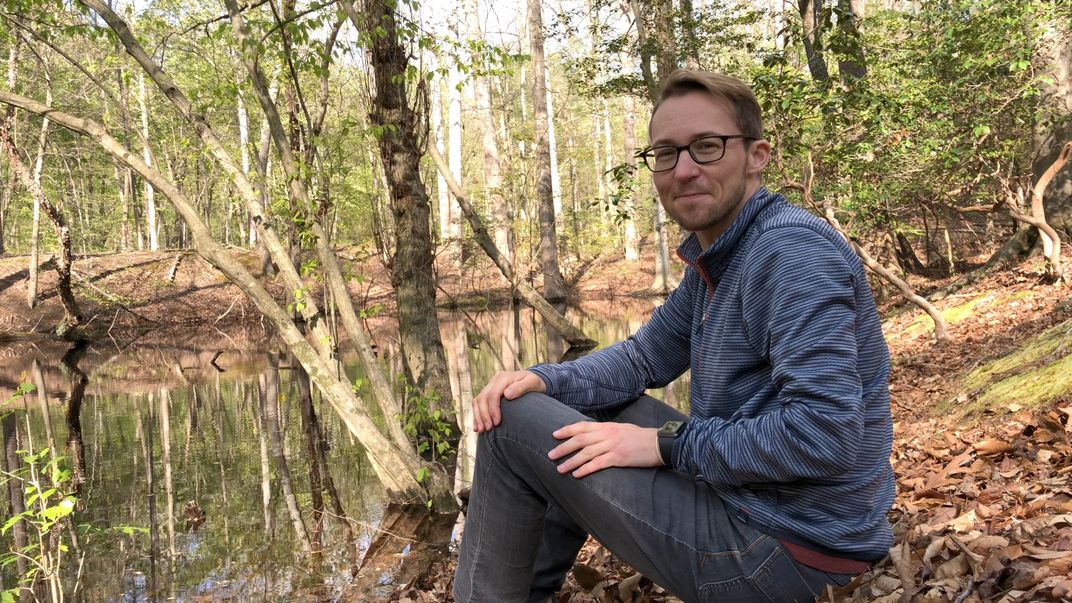
For those visitors that have been missing the chance to stroll through Smithsonian Gardens spaces, the Living Collections Team got creative and used a mapping program to allow for virtual highlights tours. Team member Kayleigh Walters used ArcGIS StoryMaps to create multimedia tours to highlight our Tree Collection and engage a national audience in a new, immersive program. StoryMap tours feature seasonal favorites including cherry blossoms, verdant trees and most recently, vibrant fall foliage. The virtual tours have offered a snapshot of the Smithsonian’s living collections, enabling students and lifelong learners to stay engaged in nature no matter where they are.
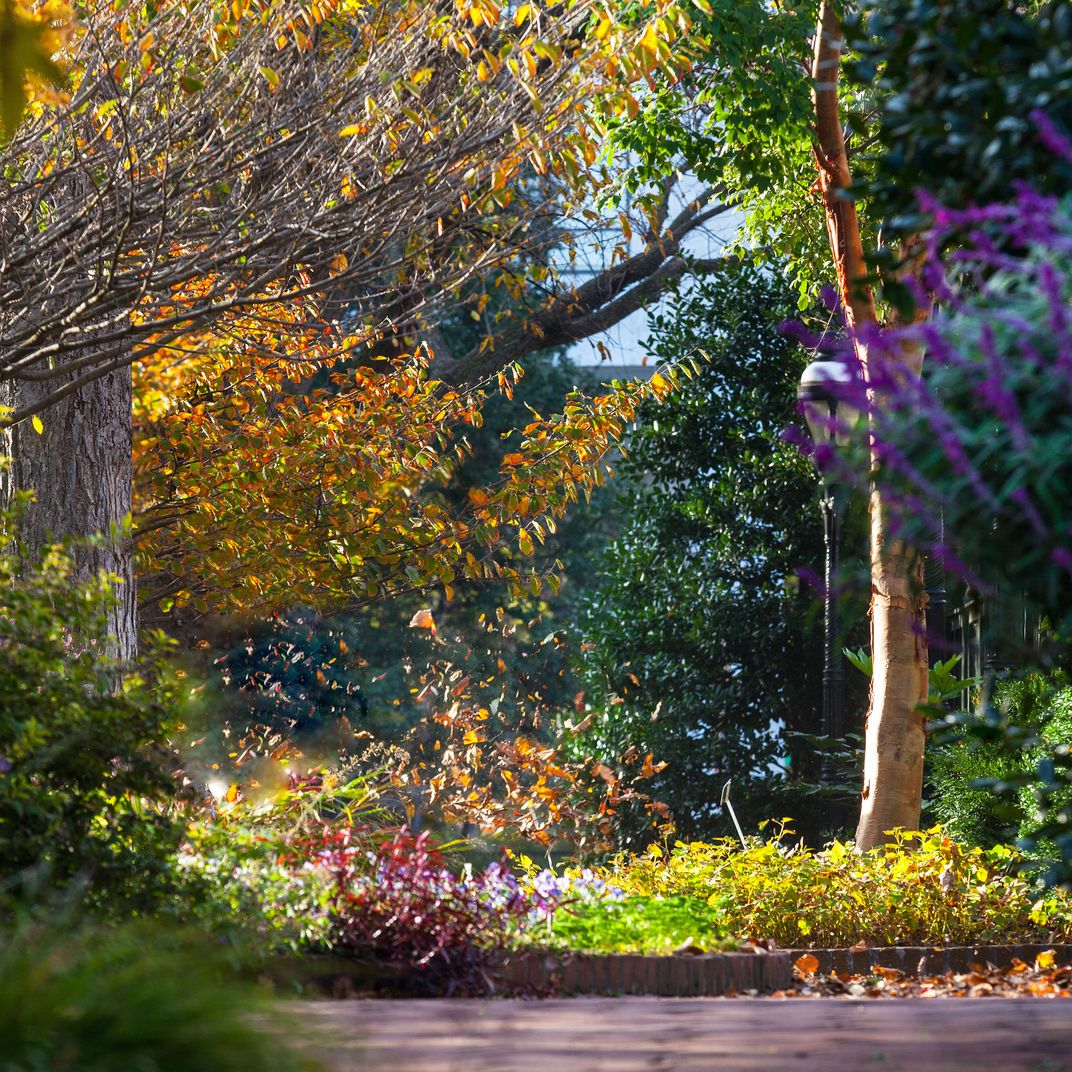
During the pandemic, many people have picked up new hobbies and turned to gardening to increase their food supply, eat healthily and engage in safe outdoor activities. Smithsonian Gardens recognized the opportunity to use technology to share our gardening expertise with beginning and seasoned gardeners alike. Let’s Talk Gardens, a weekly webinar series has engaged thousands of attendees on gardening topics including native plants, building monarch waystations and homes for native bees, creating exuberant containers and high impact gardens and of course, vegetable gardening. After the live webinars air, the videos are archived with supporting resources and answers to the most popular questions asked during the presentations.
As many of us across the country continue to spend time close to home, consider some ways that you and your family can get outside and explore! Here are some recommended resources to get you started:
-
Explore and contribute to online Smithsonian citizen science projects with Invader ID, Fossil Atmospheres, eMammal, and the Smithsonian Transcription Center.
-
Watch the Explore Beyond Your Door video series to inspire exploration and observation with your family on your next nature walk.
-
Dig deeper into nature discoveries by exploring activities you can do at home, including self-paced e-learning lessons on frogs, birds, and more.
-
Select a garden or greenhouse to tour from the Virtual Tour series.
-
Hone and improve your gardening skills with the Let’s Talk Gardens series.

